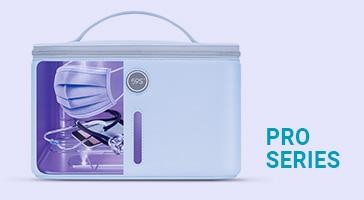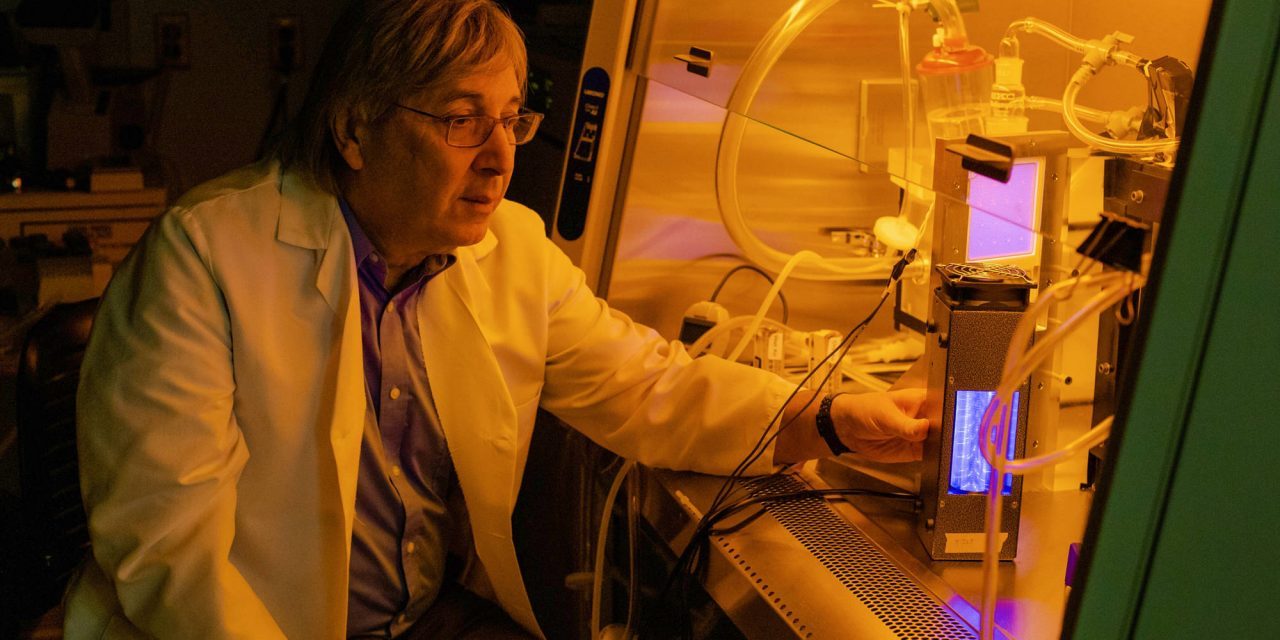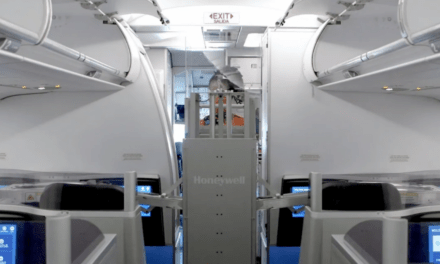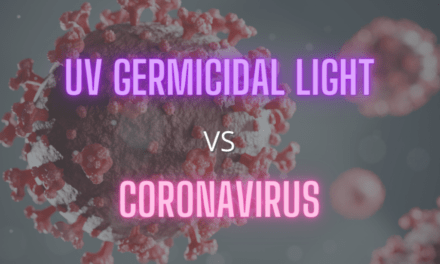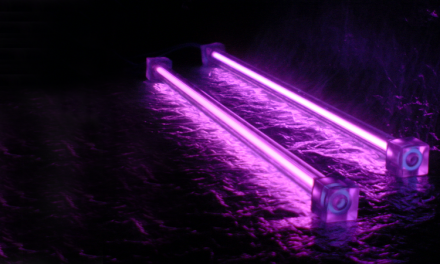Superbugs are a major concern for the pharma industry, but Brenner wanted to do something about it. He thought about using ultraviolet light. As a result, he found himself part of COVID-19’s front lines.

For over 100 years, UV light has been used to kill microbes, but not until recently has it been widely used in spaces. Operating rooms and other spaces are now being sterilized using UV light with a wavelength of 254 nanometers. Germicidal UV light is harmful to humans and is typically used in spaces where humans are not exposed. Brenner was intrigued by the idea of a UV light that could kill microbes without harming humans.
In principle, UV light at a wavelength of 222 nm, also generally known as “far-UVC,” cannot pass through the eyes and skin. “We are aware exactly how far light can travel in any given material,” explains Brenner. “That’s physics!” he added.
Brenner has spent the years since the insight’s discovery trying to drive forward its application. (He’s also given two TED Talks on the topic.) Though initially focused on drug-resistant bacteria, he and colleagues began thinking a few years ago about far-UVC and its potential to decontaminate air and prevent the transmission of airborne pathogens safely. His experiments showed that the light worked: The light could kill aerosolized influenza virus in the air in a setting similar to a public space.
With the increase in research on the effects of far-UVC light, it’s important to remember that no regulations prevent businesses from implementing this technology. Brenner hopes that far-UVC becomes a powerful tool for disease prevention and control, one that outlasts the pandemic.


